How To Know If Someone Blocked You On iMessage? 5 Secret Hacks!
Apr 16, 2025

Apr 16, 2025

Apr 16, 2025

Apr 15, 2025

Apr 11, 2025

Apr 11, 2025

Apr 11, 2025

Apr 08, 2025

Mar 29, 2025
Sorry, but nothing matched your search "". Please try again with some different keywords.

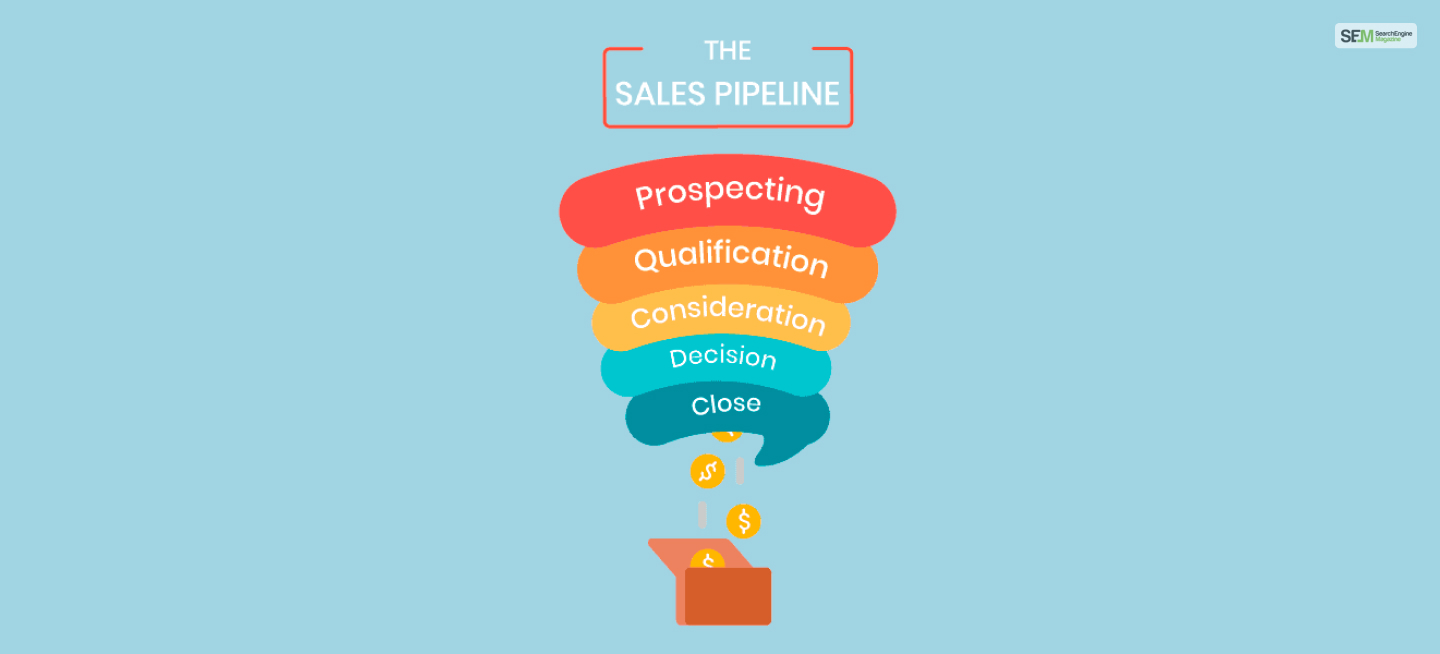
There is no such thing as enough profit. Every business is in the race to achieve more sales, which means someone who is willing to create the best sales funnel out there.
A sales funnel for a beginner might look intimidating, and if this is your first project, you have reached the right place.
Keep reading as we take you through the different stages of creating a fool-proof sales pipeline!

A sales pipeline is a structured framework used by every business. A method of management and tracking the overall sales process.
This could be a sales process for a quarter or a new product launch.
It typically consists of stages that respect different steps of closing a deal. We will be discussing those shortly.
Sales representatives use this to prioritize and nurture prospects, assess the likelihood of conversation, and give a forecast of the revenue.
It helps maintain a clear overview of previous sales and the upcoming sales opportunity. Plus, different marketing strategies can help please customers to improve sales.
Streamlining the sales process is the ultimate goal of the pipeline.
Without any further ado, let’s get into the sales pipeline stages!

You are ultimately selling to a certain demography. Remember, the entire population cannot be your target audience. Not only isn’t it lucrative, but it is quite impossible. Therefore, just like any other research, you need to sample your population.
Here is how you can identify your audience:
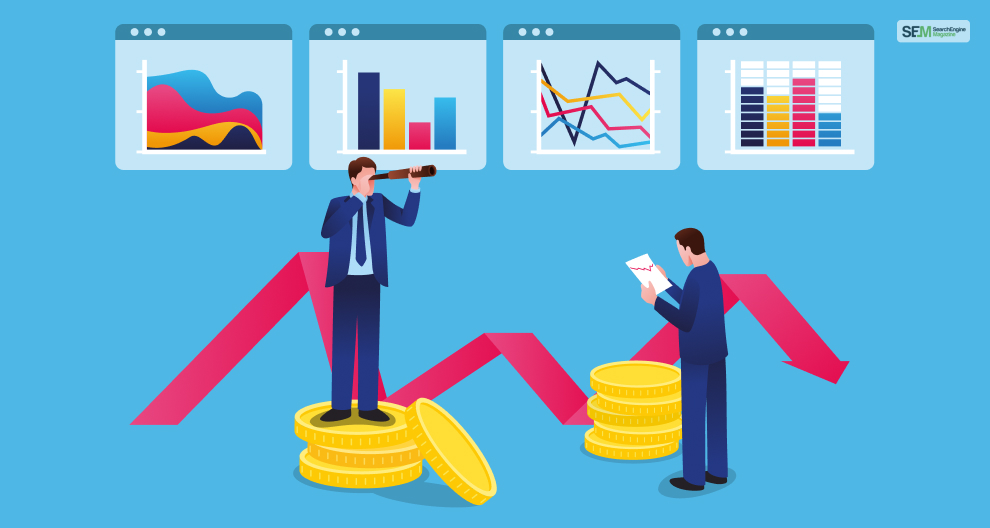
The next stage is the revenue prediction from the pipeline. Many might say you are doing this early on. However, this will also be a way to motivate yourself.

Now that you have your target audience and revenue goal, it is time to proceed with the different sales pipeline strategies. Some of the most successful ones are:

Once you have picked a certain pipeline, it is time to access the big question –
Whether it is the appropriate one to help you reach your goal, this is how you are going to do so:
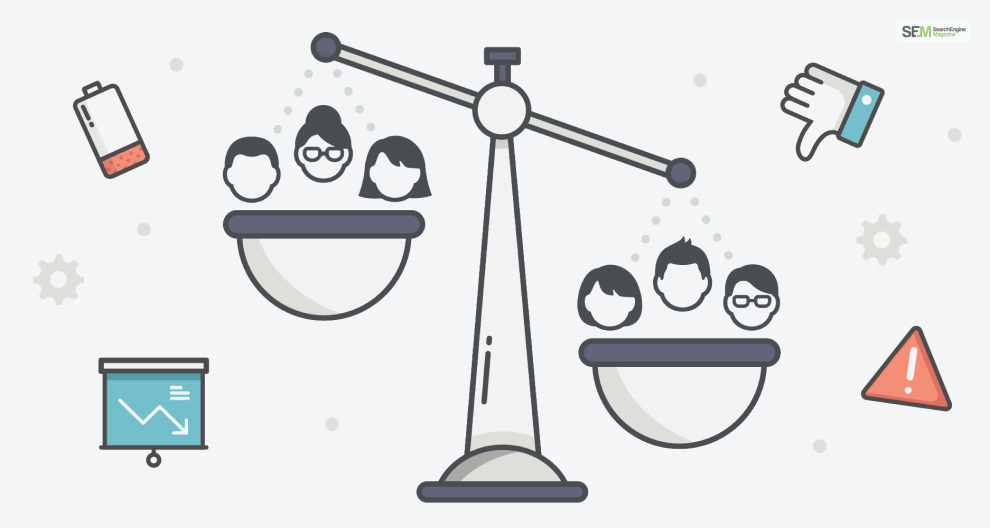
Allocating your resources is a very important step for the sales pipeline. Remember, no sales team has an unlimited budget, and staying within will help you understand your strengths and weaknesses.
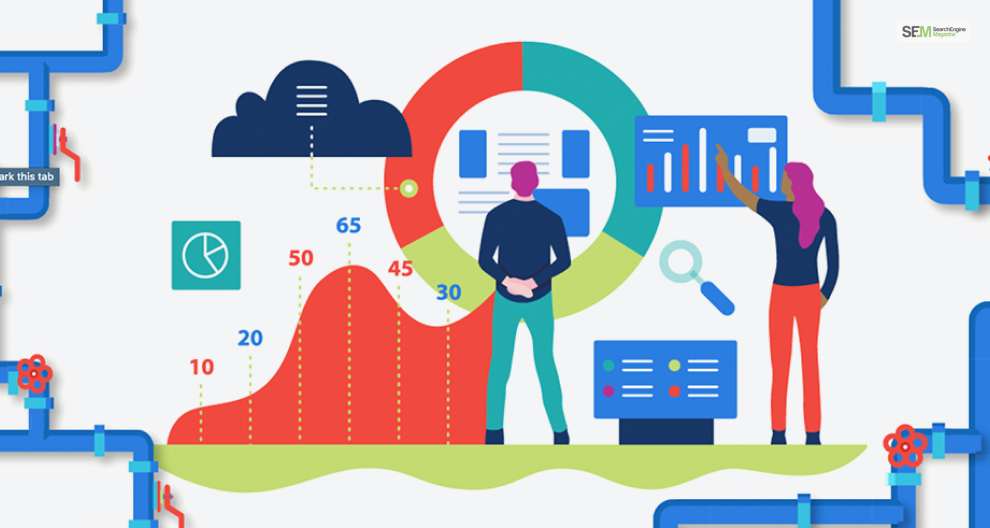
The length of your pipeline refers to the total period of allocation. No sales project can go on forever. After a certain time period, we all expect results.
Judging by the sales pipeline method, you will decide on a timeline.
For example, something like Discount codes and promo codes have a quicker response time than cold calls and emails.
If you are using more than one strategy, a separate timeline for each is necessary. This is to ensure that you aren’t expecting the same result from different pipelines.
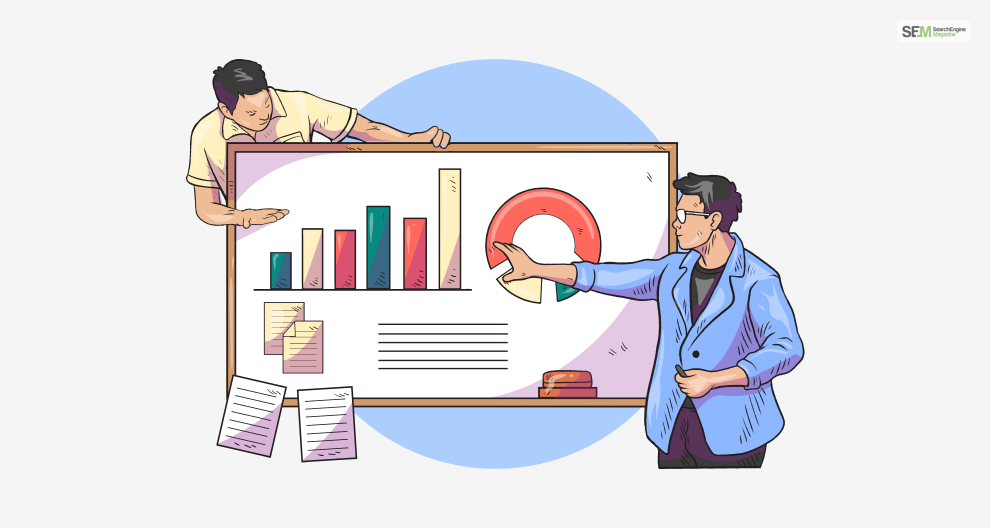
A SWOT analysis might seem tiresome now, but in time, it will become your best friend. Removing existing obstacles from your previous sales pipeline will provide you with a better chance of success.
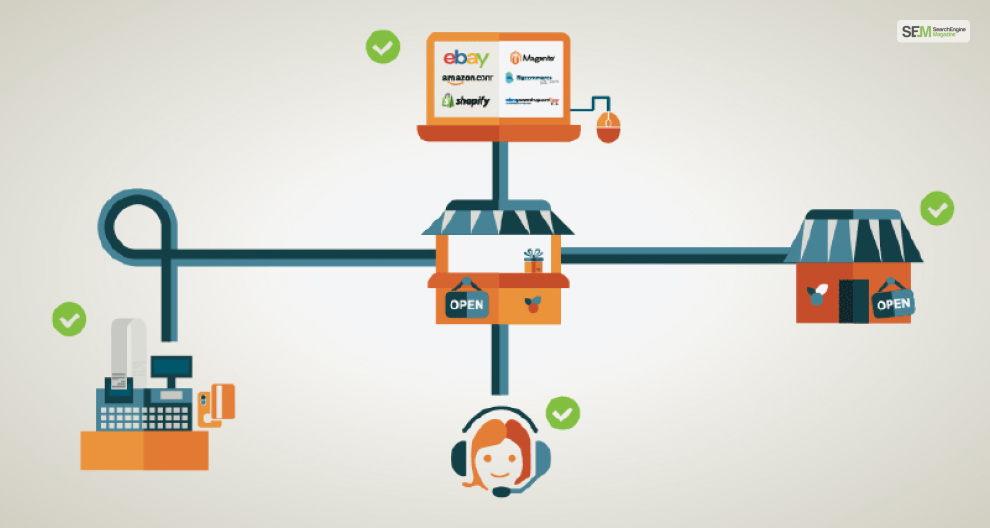
The organization is a key to your sales pipeline success. Automation for your sales pipeline in today’s very auto-generated world becomes necessary. Keeping track of your sales pipeline timeline manually is almost impossible, especially when most sales techniques are tried and tested online.
With a huge target audience base, picking the right sales management system is important.

Simply following your plan will not help you close the deal. This is why evaluating your results on the way is important.
For example,
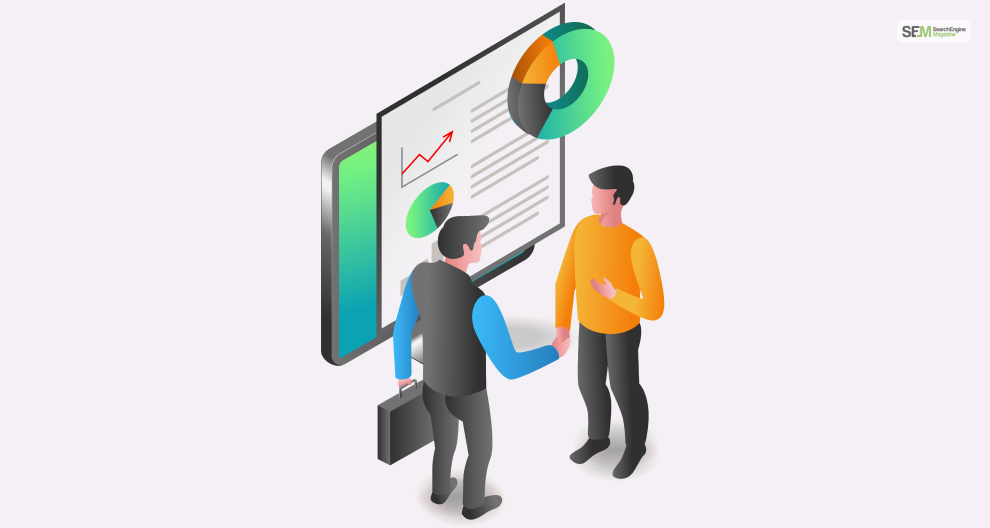
Lastly, craft your sales pipeline in a document. The document will be your guide throughout the time period.
The final task is to present it with your team to the company stakeholders. Remember to add statistics and quantitative research, as it helps compel investors.
Also read
Mashum Mollah is the feature writer of SEM and an SEO Analyst at iDream Agency. Over the last 3 years, He has successfully developed and implemented online marketing, SEO, and conversion campaigns for 50+ businesses of all sizes. He is the co-founder of SMM.
View all Posts
How To Know If Someone Blocked You On iMessag...
Apr 16, 2025
7 Website Design Mistakes That Are Hurting Yo...
Apr 16, 2025
Programmable Dynamic SEO for Location-Based P...
Apr 15, 2025
Google Boba Game: How To Play This Fun Game B...
Apr 11, 2025
Which Is The Best Video Search Engine Of 2025...
Apr 11, 2025

